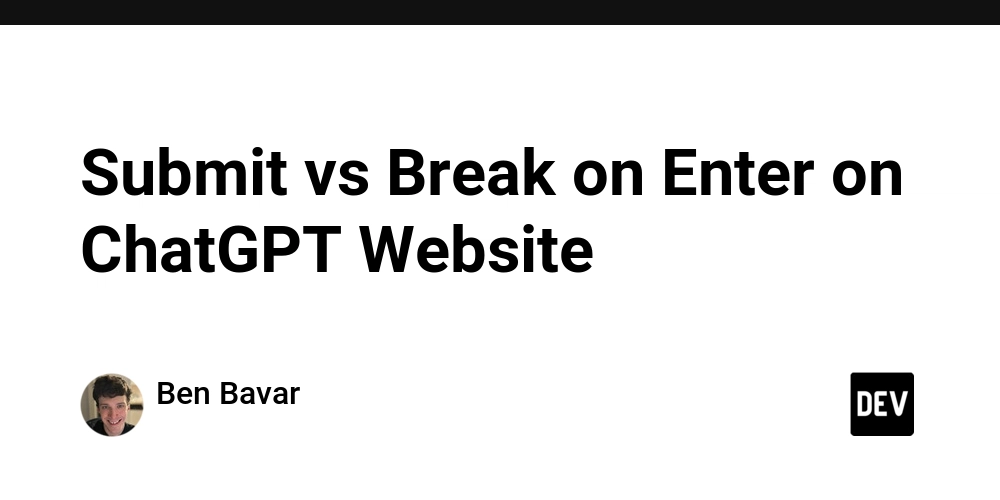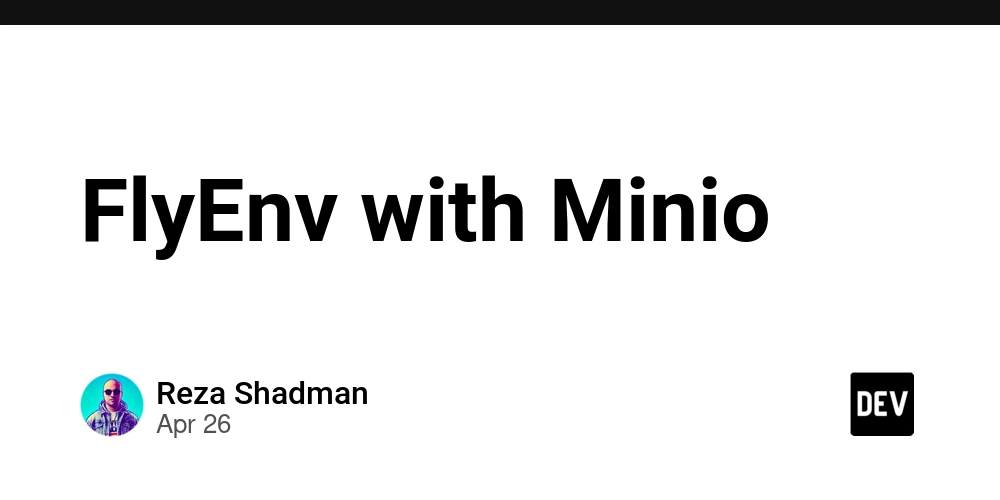
Improve Your RAG System: Master Reciprocal Rank Fusion for Better Search Results
Want to significantly improve the accuracy and relevance of your Retrieval-Augmented Generation (RAG) system? Then, you need to understand Reciprocal Rank Fusion (RRF). This easy-to-implement technique can dramatically boost the quality of information retrieved for your LLM, leading to better outputs.
What is Reciprocal Rank Fusion and Why Should You Care?
Reciprocal Rank Fusion is a powerful algorithm that combines search results from multiple queries to improve overall relevance. Instead of relying on a single query, RRF broadens the search to capture more relevant information. In essence, Reciprocal Rank Fusion helps your RAG system find the best information.
Think of it this way:
- Problem: A single search query might miss crucial information.
- Solution: Reciprocal Rank Fusion uses multiple sub-queries, finds matches for each, and then intelligently merges the results.
- Benefit: You get broader coverage without sacrificing accuracy, leading to more informed and context-rich LLM responses.
How Reciprocal Rank Fusion (RRF) Works: A Step-by-Step Guide
The process of using Reciprocal Rank Fusion might sound complicated, but it's surprisingly straightforward:
- Subquery Generation: Transform your original query into several more focused sub-questions.
- Parallel Retrieval: Use each sub-question to retrieve relevant documents independently.
- Reciprocal Rank Fusion: Combine the documents retrieved by each sub-query using the RRF formula, which prioritizes documents that rank highly across multiple searches.
- Final Selection: Choose the top-scoring documents to provide context for your LLM.
In simple terms: It's like asking multiple experts about the same topic and then compiling their best insights.
Decoding the RRF Formula for Better Understanding
The Reciprocal Rank Fusion algorithm uses a simple formula to determine the relevance of each document. Don't worry; it's easier than it looks:
RRF_score = ∑ (1 / (k + rank))
Let's break down the components:
rank: The document's position in the retrieval list (starting from 0).k: A constant (typically 60) used to dampen the impact of lower-ranked documents. Setting k to 60 ensures that top-ranked documents have a significantly higher impact on the final score.
The key takeaway: Documents that consistently rank higher across different sub-queries will receive a higher RRF score, boosting their chances of being selected.
Quick Python Example: Implementing RRF in Your RAG System
Here's a short Python snippet illustrating the core logic of Reciprocal Rank Fusion:
This code performs parallel retrieval using the subqueries, applies the RRF scoring mechanism, and merges the results based on the calculated scores. This function highlights the simplicity and effectiveness of RRF in improving search accuracy.
Unlock Better Retrieval with Reciprocal Rank Fusion!
Implementing Reciprocal Rank Fusion can significantly enhance the effectiveness of your RAG system by ensuring:
- More complete and precise retrieval of information.
- A bias towards high-quality, semantically rich documents.
- Superior context for your LLMs, leading to richer, refined outputs.
By incorporating this technique, you'll not only improve search results but also provide more accurate, relevant, and richer content from your LLMs.























